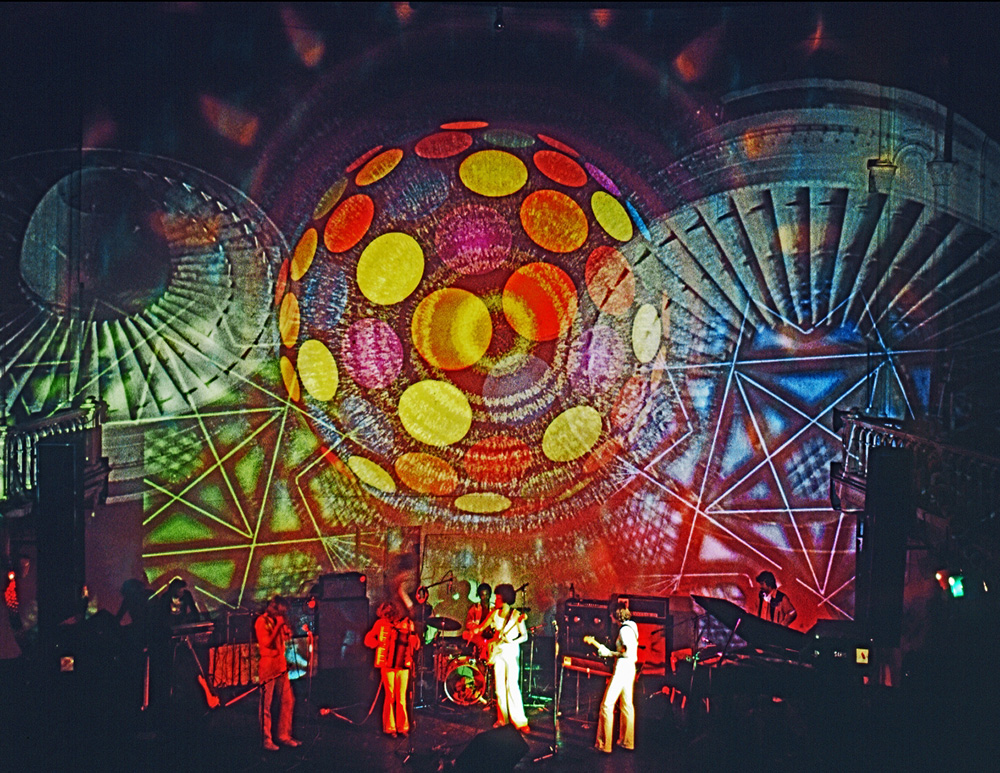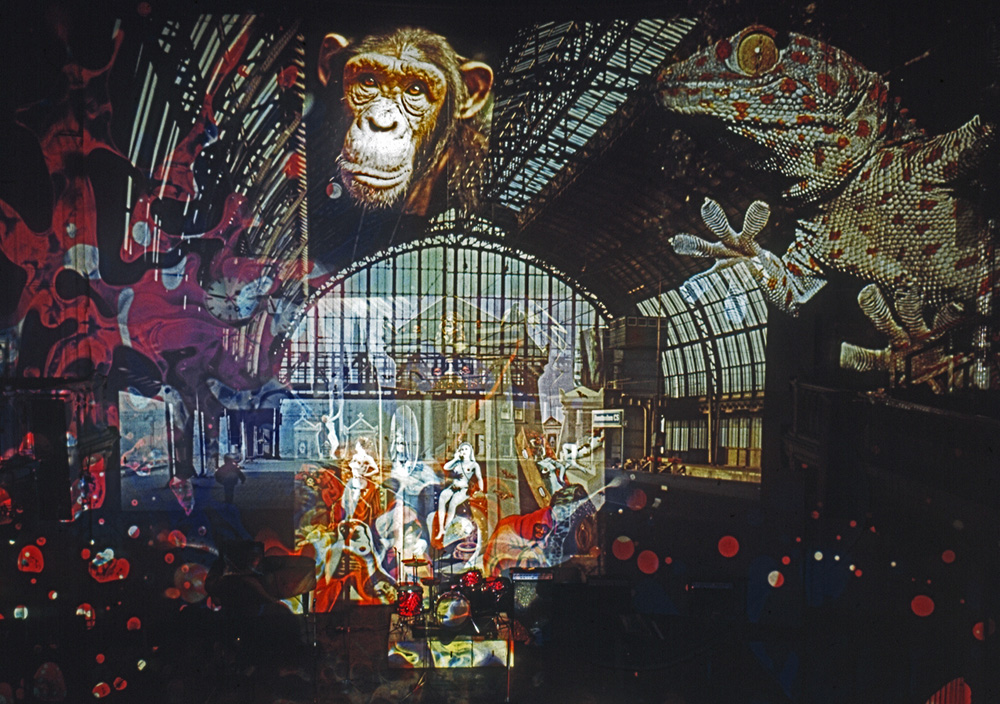ART-PRESENTATION: Amsterdam,the Magic Center
 For many, the late 1960’s are synonymous with the anti-Vietnam War hippy protests, the Black Panther Party founded by Bobby Seale and Huey Newton in October 1966 and the massive student unrest in Paris on 1968. Amsterdam reached its zenith between 1967 and 1970. By which time, Amsterdam has won itself a reputation as a city where anything goes.
For many, the late 1960’s are synonymous with the anti-Vietnam War hippy protests, the Black Panther Party founded by Bobby Seale and Huey Newton in October 1966 and the massive student unrest in Paris on 1968. Amsterdam reached its zenith between 1967 and 1970. By which time, Amsterdam has won itself a reputation as a city where anything goes.
By Dimitris Lempesis
Photo: Stedelijk Museum Archive
Amsterdam flourished as a progressive and artistic haven, a place that attracts hordes of young people from all over the world. Artists rebelled against the establishment and were looking alternative, new platforms: on the streets, in magazines or on TV. Featuring works from the Stedelijk Museum’s Collection, the exhibition Amsterdam, the Magic Cente.r Art and counterculture 1967-1970”, sheds new light on the radical innovations and artistic and social experiments of the era. Counterculture, experimentation and the spirit of the underground emerge from the shadows and define the city’s cultural life from 1967 onwards. Counterculture, experimentation and the spirit of the underground emerged from the shadows and define the city’s cultural life from 1967 onwards. The Stedelijk Museum, thhad become a home for the avant-garde after the war, plays a dual role: on the one hand, in the guise of modern champion, it advocates the new, with exhibitions such as “Op losse schroeven” (1969), yet the critical contingent labels it a conservative bastion of elitist art. The posters by Daniel Buren were a street art intervention, and the Leidseplein became the setting of Wim T. Schippers’ absurd Christmas tree, ablaze in mid-summer. Public participation was vital to many of these activities, such as the inflatable objects of the Eventstructure Research Group that appeared on Museum Square and the surrounding streets, in which people of all ages played or strolled. Louis van Gasteren and Fred Wessels built the “Sunny Implo”, a sphere with points of light, sound and imperceptible motion; the idea was to put your head inside, and experience a soothing, psychotherapeutic effect. The makers insisted their sphere should be an essential part of the urban landscape, installed on every street corner. Their plan didn’t come to fruition, the “Sunny Implo” gets no further than a debut appearance in the Stedelijk entrance in 1970. Artists also critiqued society, such as the ironic work of Pieter Engels and Jeroen Henneman that parodies middle class life. Others take it a step further: Gerrit Dekker and Ben d’Armagnac create structures demonstrating that art is also capable of proposing an entirely new way of (autarchic) life. In an epoch when men still dominated the art world, women artists manage to break through. Ferdi created colorful, soft sculpture with biomorphic forms steeped in a heady eroticism. One of her works, “Purple People Eater”, acquired by the Stedelijk after her solo exhibition in 1968 and nowhas been restored especially for this exhibition. The exhibition also features work or documentation by: Douwe Jan Bakker, Pieter Boersma, Marinus Boezem, stanley brouwn, Jan Dibbets, Ger van Elk, Adri Hazevoet, Immo Jalass, Robert Morris, Dennis Oppenheim, Willem de Ridder, Seemon and Marijke, Tjebbe van Tijen, and Lawrence Weiner. The city was also the platform for civil actions indicative of a distinct hands-on mindset. The exhibition tracks the development of the squatter’s movement in 1968, with photos by Pieter Boersma and a Squatters’ Manual for aspiring squatters. One gallery is devoted to the sexual revolution, with magazines like “Gandalf” and footage of the feminist demonstrations of the women’s liberation group Dolle Mina. The dawning of psychedelic youth culture and the liberalisation of drugs is reflected in magazines like “Hitweek”, the opening of the now-iconic music venue Paradiso, the love-ins in the Vondelpark and the event Hai in de Rai. Also featured is original material from John Lennon and Yoko Ono’s “Bed-in for Peace” at the Amsterdam Hilton in 1969. World events and international influences are visible in a gallery hung with posters of the student riots in Paris in 1968, which were displayed in Amsterdam’s Museum Fodor at the time, together with blow ups and original film material from the era.
Info: Stedelijk Museum, Museumplein 10, Amsterdam, Duration: 7/7/18-6/1/19, Days & Hours: Mou-Thu & Sat-Sun 10:00-22:00, www.stedelijk.nl










